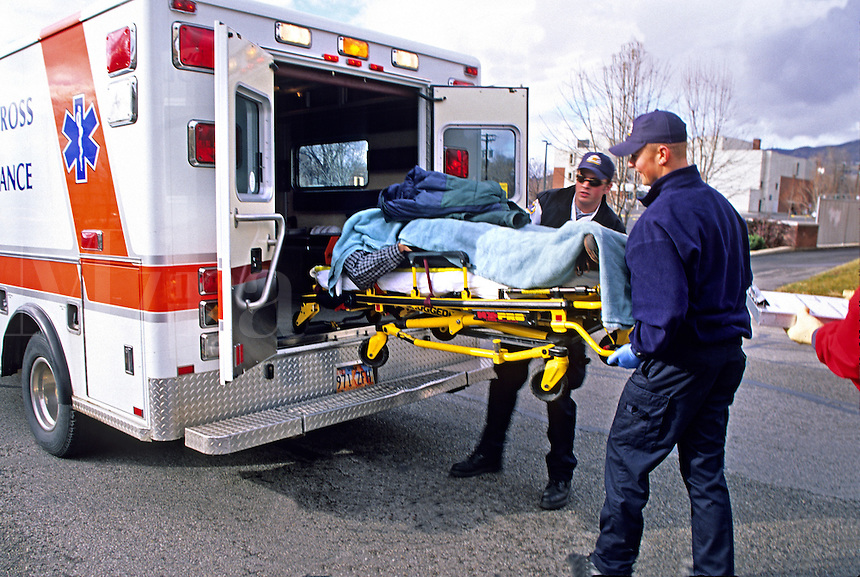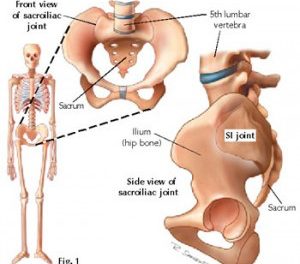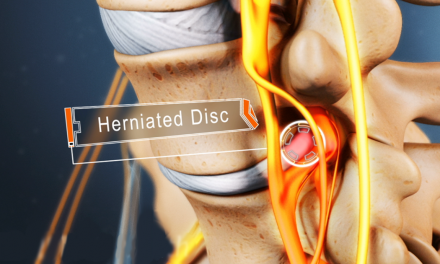When it comes to car accidents, paramedics are often the first health care professionals who attend to your needs. Their job is to assess whether you should be rushed to the hospital for immediate medical treatment or deal with any life-threatening injuries right on the scene. Fractures, concussions, lacerations and other potential internal injuries will necessitate your escorted trip to the hospital.
What if the paramedics tell you that you are not injured enough to go to the hospital, but you still don’t feel quite right? In this article we look at frequent problems your musculoskeletal system often encounters after a car accident.
Common Injuries
Some people encounter pain and tension right away. For others, the symptoms may get worse over time.
Whether the impact occurs from the front or the rear, your neck is usually the most vulnerable area of your body in any motor vehicle accident. Car collisions involve rapid changes in acceleration and deceleration. Your body is held relatively still by a seat belt, whereas your head and neck are free to move.
This typically results in the neck moving very rapidly through an excessive range of motion, contributing to hyperflexion-hyperextension injuries that can affect soft tissues in the neck, as well as joint capsules and intervertebral discs. Whiplash is the name often associated with car accident neck injuries.
Symptoms from whiplash may include any or all of the following:
Neck pain and inflammation, Arm pain, numbness or tingling, Headaches, Nausea, Dizziness, lack of concentration or clarity of thought, depression, anxiety, TMJ or jaw pain, mid or lower back pain even spinal disc symptoms.
Depending upon the degree of injury, your recommended course of action will differ. To determine what you should do, first consult with your chiropractor. Chiropractors are musculoskeletal specialists. They have the know-how to assess and treat almost any problem related to the nerves, muscles, joints and connective tissues of the spine.
Your chiropractor will conduct a physical assessment of you and determine the best course of action.
In some cases, early mobilization can lead to a much speedier recovery. If instability of the joints and tissues is suspected, your chiropractor may suggest avoiding movement too soon.
Most of the time it will feel best to remain immobile for the first 48-72 hours immediately following an automobile accident. Your body will respond to any injury with an inflammatory reaction. This makes the damaged area both swollen and pain sensitive. Attempted movements during this time will usually cause more pain. Muscles around the injured area tend to spasm – effectively splinting the area and preventing further damage. Muscle spasm can also cause greater compression and/or irritation of the joints, leading to more pain.
This pain-spasm-pain cycle should be prevented as much as possible, especially early in the recovery process following a motor vehicle accident. Cooling the immediate area of injury with ice for 5-10 minutes at a time may help limit the painful effects of inflammation. In addition, resting or lying down during the first few days will ease the postural strain felt around the neck and shoulders, and help promote healing.
After this initial inflammatory stage, a patient is recommended to resume normal movements as soon as possible – within a reasonable range and within the patient’s pain tolerance. If immobility is prolonged, muscle atrophy and weakness can make recovery and rehabilitation from a whiplash injury more difficult.
If movement is not encouraged, muscle spasm can often persist, causing an increased compressive load on the discs and joints of the neck, potentially leading to chronic problems.
Vertebral subluxations in the neck and upper back are commonly found in those who experience car accidents. Therefore, at any stage of healing and recovery from whiplash-associated injuries, chiropractic adjustments can reduce pain and restore normal function.
Car accidents may be a pain in the neck, but chiropractic can help!
References and sources:
1. Management of whiplash associated disorders– Sacramento (CA): International Chiropractors Association of California; 2009. 55 p.






Recent Comments